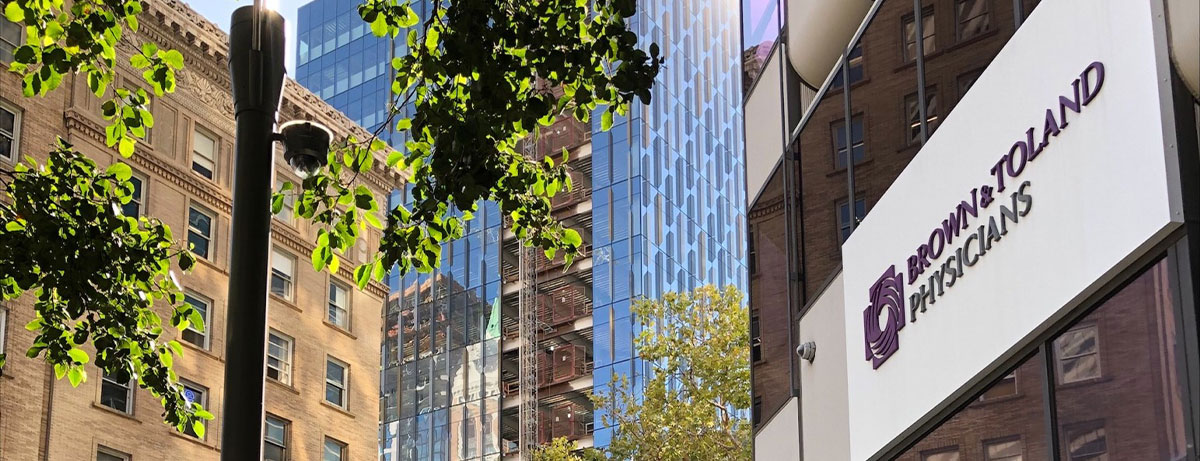The Power of Social Connections

Strong relationships can benefit your health
You probably are well aware of the usual suspects and habits that play a big role in promoting your long-term well-being — not smoking, for example, or eating a healthful diet or making sure to get enough sleep. But did you know that having strong relationships and social connections can also have a powerful effect on your physical health?
Get-togethers with friends, family gatherings and joining in special community, workplace and religious activities can do more than simply bring us pleasure, experts say. Studies show that people who have satisfying relationships with friends, family and their community are not only happier — they also have fewer health problems and live longer too.
Interestingly, some of the groundbreaking research in this field has its roots right here in the Bay Area. In what’s come to be known as the Alameda County Study — an East Bay research project involving 6,928 adult residents in the 1970s — researchers found that the fewer social ties people reported in the study’s baseline survey, the more likely they were to die over the nine-year follow-up period. Over the decades since, these findings have been corroborated and broadened in studies that were conducted across a variety of populations, and have documented an array of benefits for people who are more socially integrated: more likely to survive a heart attack (myocardial infarction), less likely to report being depressed and more.
Nowadays, experts are still hard at work trying to figure exactly how our social ties “get inside” our bodies. One theory is that the feelings of stability, purpose, belonging, security and recognition of self-worth that result from social connections inspire, in turn, greater motivation to take care of oneself. Other researchers have dug deeper: In their trail of inquiry, social integration has been associated with the body’s biological systems, including cardiovascular and endocrine function and the immune system’s ability to fend off infectious illness.
While researchers and medical experts continue to sort out all the whats and whys, there’s still a clear take-home message about social connections: Appreciate the many payoffs of the important relationships in your life — and take time to foster them.
Sources: Harvard Health Publications, Harvard Medical School; Science; American Journal of Health Education; American Psychologist; Journal of Health and Social Behavior; Advances in Mind-Body Medicine.
10 ways to stay connected during COVID-19
The International Council on Active Aging, a global association that focuses on aging well, offers the following suggestions to stay connected through the COVID-19 pandemic:
- Pick up the telephone and call someone. Call grandkids, family members or associates. Maybe reminisce with that cousin you have not spoken to in years. Social isolation really brings home the value of our daily interactions. Your call might make someone else’s day as well as your own.
- Use technology to connect with family and friends. From Facebook to FaceTime to Skype to WhatsApp, plenty of options are available. Think about reaching out to old friends on Facebook and starting a conversation. Host video chats with your family members—one-on-one, or all of them at one time. You could host a movie night, Sunday supper or Happy Hour via Skype. There are many fun ways to utilize this technology.
- Invite people to join an interactive online discussion group or book club. Or watch livestreams of interest that include live chat. Supporters value real-time interactions with others in their communities of interest.
- Want to exercise with a partner? Exercise machines and devices are available that allow you to connect and even compete with others while you use them. The Peloton bike is one widely known example.
- Exercise with a friend/family member at a safe distance. Many health officials encourage outdoor exercise if participants observe physical distancing of at least 6 feet. If you live alone, slip on your walking shoes and then call a friend or family member to accompany you for a “physically distanced” walk and chat.
- Hang out in your front yard and interact with neighbors. Pull up your lawn chair and chat across the fence while they work in their yards or wash their cars. Talk to postal workers as they deliver mail, or chat with those walking along the sidewalk. As long as you observe the proper physical distance, you can be a friendly, encouraging presence in the neighborhood.
- Spend more time in the park or dog park. Say hello to other dog owners or those you pass in the park. Many people might be grateful to connect and chat from a distance.
- Volunteer with community support groups for outreach calls, either over the phone or safely in person, to support others who are not socially connected.
- Participate in group activities held at a distance. If you live in an apartment building with a courtyard, for example, someone might lead group activities such as light exercise or singing from the courtyard with residents participating from their balconies and front yards.
- Check on your neighbors who live alone to ensure they are okay. From a safe distance, strike up regular conversations with these individuals at the same time every day or several times a week. Ask if they need anything before you go to the grocery store. Whether you live in an apartment or a house, you can give much-needed support to others in your community.
